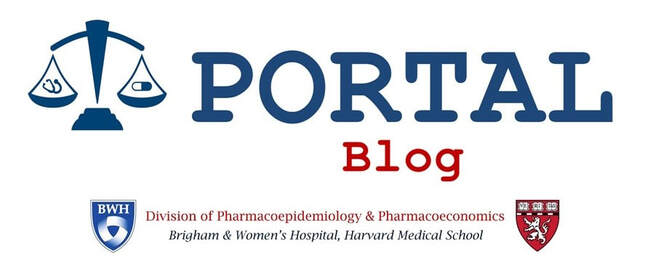|
Michael Liu
Prescription drug prices in the US far exceed those of other countries given that manufacturers set prices at their own discretion. This is in contrast to the UK where prescription drugs are paid for by the National Health Service (NHS), which in turns plays a central role in negotiating the prices of brand-name drugs. For example, the Voluntary Scheme for Branded Medicines Pricing and Access places limits on NHS spending growth and profits that manufactures can earn on brand-name drugs. Recent political changes may affect how drugs are priced in the UK. The US and UK governments intend to form a bilateral trade agreement after the UK left the European Union on January 31 via Brexit. Pharmaceutical drug prices will likely be a central component of trade negotiations since the Trump Administration has ordered the US Trade Representative to combat global use of drug cost-containment measures. In fact, a recent summary of specific negotiating objectives published by the US Trade Representative reveals that it is pursuing “full market access” for US pharmaceuticals and medical devices in the UK. The US has successfully negotiated more industry involvement in drug pricing and elimination of cost-containment measures in past international trade agreements. Our new study, by PORTAL researchers in collaboration with researchers at the University of Oxford, aimed to provide context around the potential US-UK trade deal and estimate the cost impact of a scenario in which UK brand-name drug prices change to match those of the US. Using monthly prescribing data files from NHS England, the authors identified the costs and volume prescribed for all drugs in English primary care in 2018. The NHS spent £1.39 billion (~$1.8 billion) on 50 single-source brand-name drugs with the highest expenditure in English primary care. The authors conducted comparative cost analyses and projections using prices from Medicare Part D in the US. All drug prices in the US were more expensive than those of the UK, even after accounting for estimated US rebates. The US-English price ratios ranged from 1.3 to 9.9, with a mean ratio of 4.8. After accounting for price and volume, if NHS England paid US prices in 2018, then overall spending on the 50 single-source brand-name drugs would have been 4.6 times higher: an increase of £5.03 billion (~$6.6 billion). The projected spending increase on this cohort of 50 drugs represents 63% of all 2018 English primary care drug spending. Comments are closed.
|
AuthorPORTAL Blog posts are authored by PORTAL faculty, trainees, and collaborators. Archives
January 2022
Categories |
|
Program On Regulation, Therapeutics And Law (PORTAL)
Division of Pharmacoepidemiology and Pharmacoeconomics 1620 Tremont Street, Suite 3030 Boston, MA 02120 |



 RSS Feed
RSS Feed
